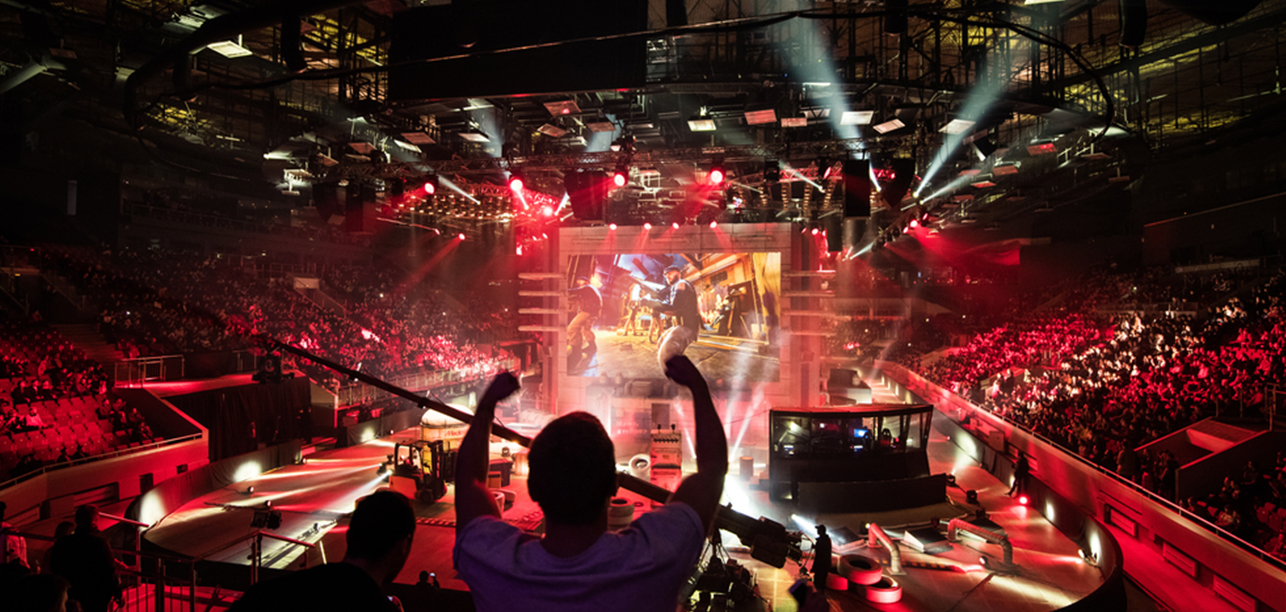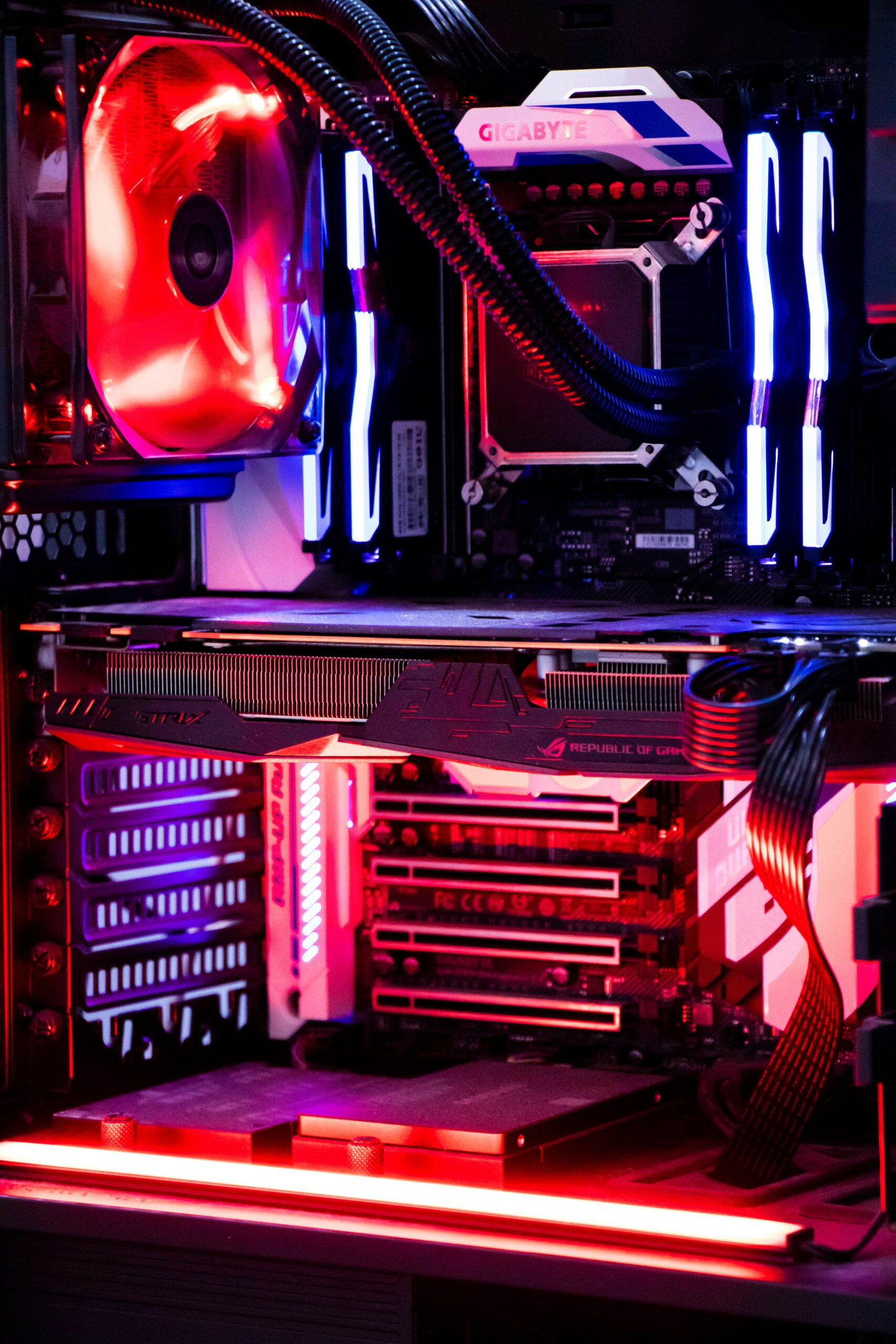
eSports Infrastructure 101: A Closer Look at the Logistics and IT Infrastructure Powering the eSports Industry
If any of your friends are still skeptical about the rise of eSports, just tell them this one statistic: At Wimbledon 2018, men’s singles winner Novak Djokovic earned $2.9 million; the five members of Team OG, who competed in Dawn of the Ancients 2 at a major tournament the same year, received $11.2 million for winning. They played in front a live audience of nearly 20,000 people at Rogers Arena, home of the NHL’s Vancouver Canucks, and more than 15 million people tuned in from around the globe to livestream the event.
eSports is a big deal: The numbers speak for themselves. But what may be less obvious is what goes into putting on live gaming tournaments, especially as their scale rises to the level of traditional sports. What are the needs, whether logistical or technical, and how do they all come together to create a seamless experience?
Logistical Needs
Attracting ever-larger numbers of vested viewers (BusinessInsider puts the number at 300 million today, with the potential to grow to 500 million by 2020), the world of eSports requires and will continue to require a number of large physical locations for tournaments. Currently, these tournaments are held at venues ranging from city-owned civic centers and league sports arenas to private conference halls. Major tournaments have taken place at the famed Staples Center in Los Angeles, the SAP Center in San Jose and Seoul’s World Cup Stadium.
The industry is also giving rise to buildings specifically dedicated to hosting eSports competitions and training. The first of these was Esports Arena in Santa Ana, California, opened in 2015. There is now another Esports Arena at The Luxor in Las Vegas and a new 100,000-square-foot, 1,000-seat venue being constructed in Arlington, Texas.
Some teams have earned enough from sponsorships and team winnings that they build and maintain their own training facilities, which is what Team OMG in China has done. Other teams are earning sponsorships and training resources by partnering with corporations trying to tap into the scene’s seemingly unstoppable growth. Alienware constructed a dedicated training facility for the players and coaches of Team Liquid, showing just one form that such partnerships can take. Their collaboration may serve as a model for other companies looking to get into the space.
Technical Infrastructure Needs
If you have never attended a major eSports tournament (or watched one streamed on Twitch or Youtube), you might be tempted to imagine them as little more than glorified LAN parties, with people lugging around their desktops into dark rooms filled with the sound of clicking, lit only by the glow of computer monitors. While the scene’s DIY ethos hasn’t completely disappeared, major eSports tournaments today are spectacles more closely comparable to professional sports matches than anything else.
The technical needs of these often enormous events have similarly scaled. Tournament hosts range from gaming publishers to companies offering eSports as a Service. And when running tournaments often viewed by hundreds of thousands—if not millions for some of the largest—the technical infrastructure must be sufficiently robust and sophisticated to match.
eSports Hardware and Software Needs
For starters, the software needed to facilitate a successful eSports event must be run both locally on the game host as well as on many other machines at the tournament. One such piece of the set-up is what’s referred to as a heartbeating system. This software auto-detects important moments throughout the game itself (like a player’s aggressive push or key victory moments) so spectators and announcers get the most of out of the viewing experience and don’t miss a thing.
Additional software running in the arena goes to supporting anti-cheating systems. These systems range from preventing alteration of the chat systems to mitigating potential DDoS attacks against specific players or machines—a constant worry, especially with massive prize pools at stake. To ensure the hardware and software are both operating smoothly, additional systems are dedicated to monitoring the gaming experience as well. This monitoring software is generally unique to each game publisher since it is built into each game; it can include monitoring any given player’s hardware or game software characteristics simultaneously to ensure that the tournament is an even playing field for all competitors.
Whether tournament organizers implement a heartbeating system or are merely monitoring for would-be cheaters, data-probing applications are particularly hardware-intensive. They require raw computing power for large amounts of data processing, making bare metal a particularly strong choice. The challenge, however, is striking the right balance between raw performance and service that won’t break the bank. A recent Cloud Spectator report addressed that very challenge, testing AWS, IBM Cloud and INAP Bare Metal, finding our Bare Metal to have up to 4.6x better price performance.
eSports Network and Bandwidth Needs
While a physical facility’s size limits the amount of people who can view the event in person, the internet has no such limit. Broadcasting to popular sites like Twitch, YouTube and Facebook, teams and tournament hosts are able to ensure that everyone who wants to view a match is able to. Some of these matches and pre-tournaments aren’t even held in an event space; they’re held in a small studio or even in a player’s home.
Hardware and software considerations are thus just part of the equation: Large amounts of bandwidth and a reliable network are also needed to both host a successful eSports tournament and ensure a good experience for players and spectators—whether virtual or in-person. For the growing eSports scene, which draws both viewers and competitors from around the globe, a seamless experience can only be achieved through a multifaceted IT approach, marrying together hardware, software and connectivity.
INAP offers it all: Our high-performance servers are paired with our low-latency network and powered by our automated route optimization engine. The online gaming vertical is one of our biggest precisely because our IT solutions are comprehensive and geared toward the kind of performance required for online gaming and live eSports tournaments. It’s also why gaming company Hi-Rez Studios has partnered with us for over 10 years to power their applications.
The rise of eSports only underscores the ways in which the applications of the future demand technology solutions that are not just reliable and high-performance, but also able to scale and adapt to the needs of a fast-moving, interconnected world.



